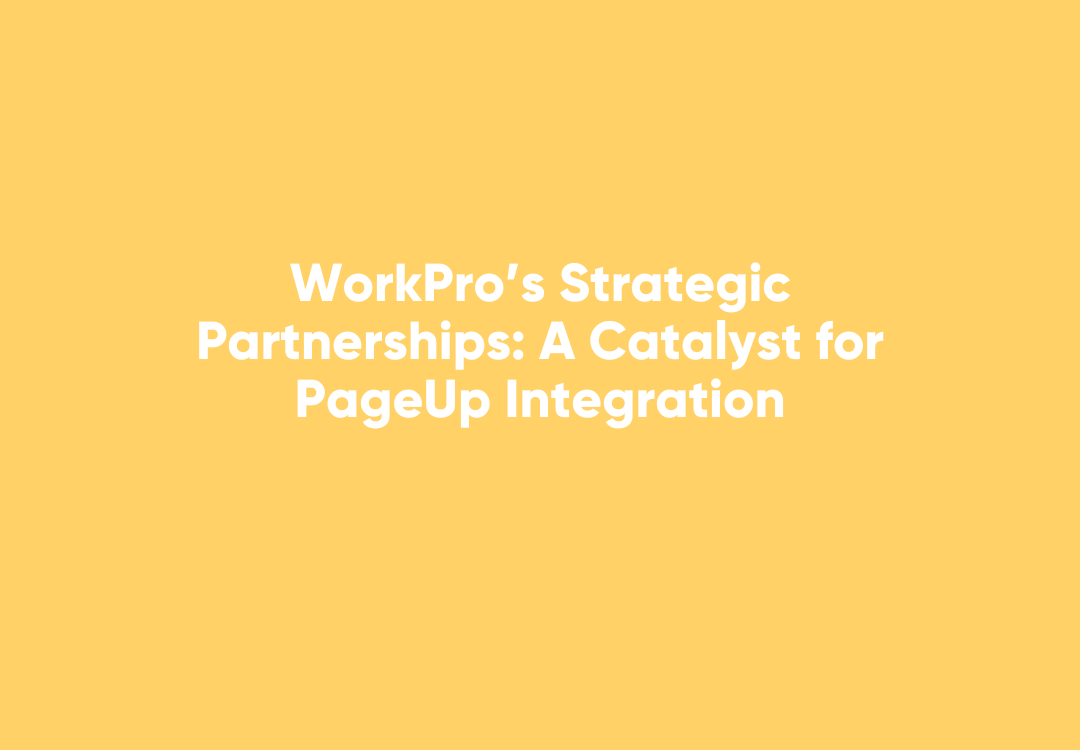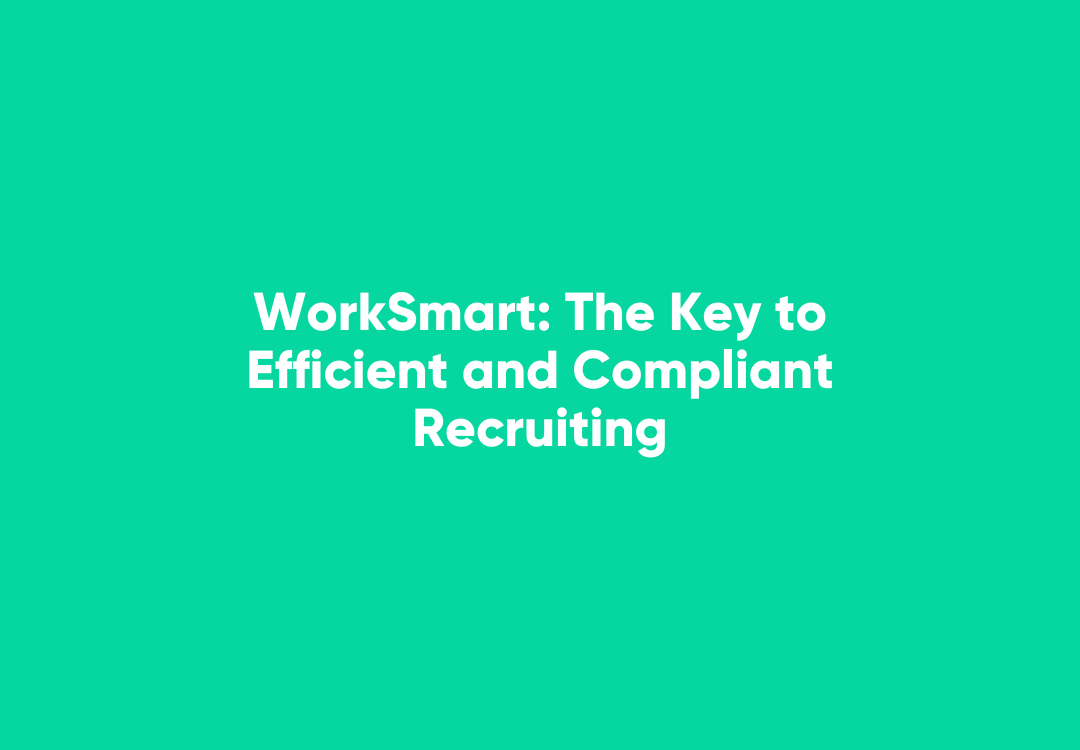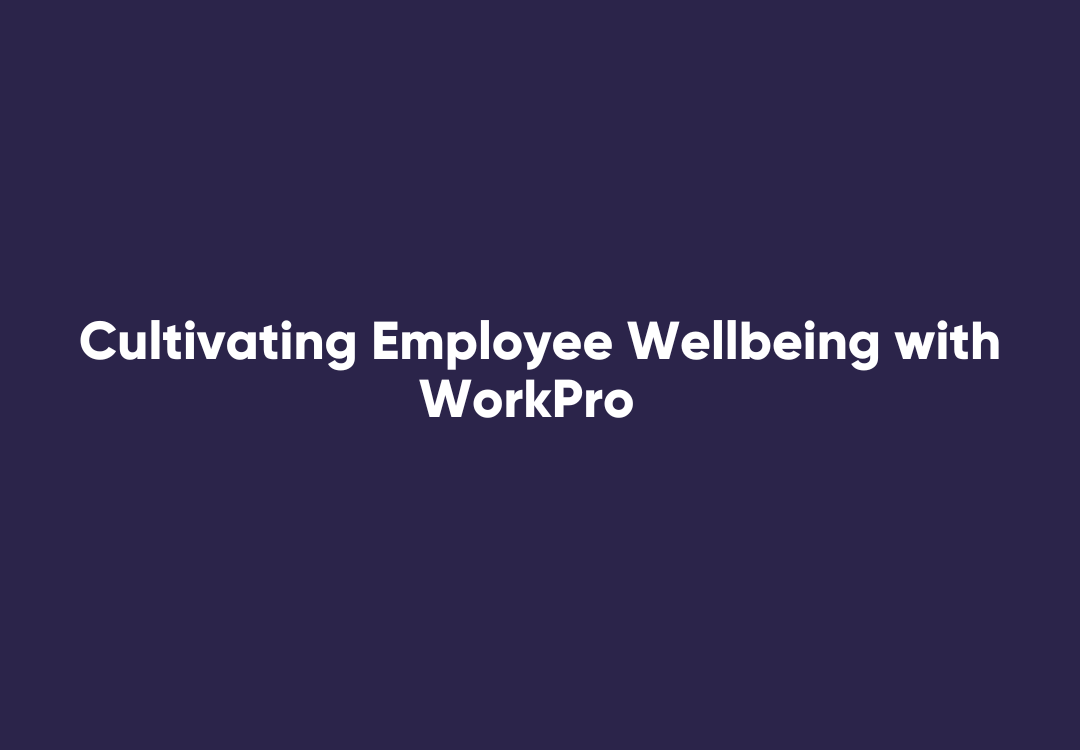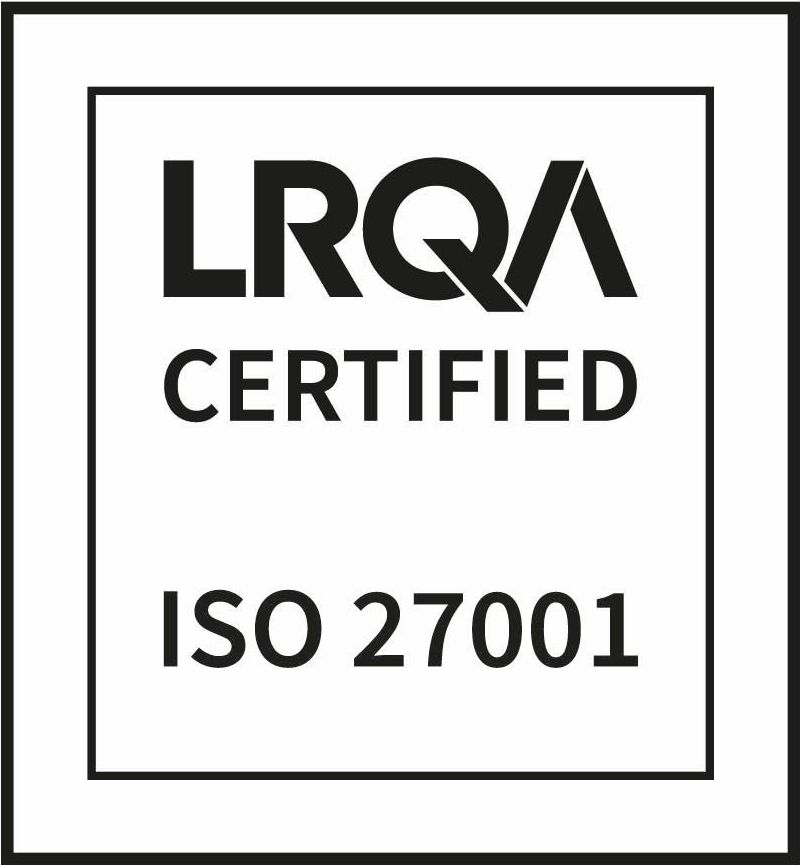Improving Safety in Australia’s Transport & Logistics Industry
The transport and logistics sector is one of the most vital to the Australian economy.
The size of the nation and vast distances between major metropolitan centres means that many businesses and consumers rely on the effectiveness of freight companies for access to many essential products.
Therefore, ensuring the industry can operate efficiently and safely is of critical concern.
The Australian Council of Trade Unions notes that around 580,000 people are employed in the transport and logistics sector – approximately five per cent of the national workforce.
That volume of employment contributes to an industry generating approximately 10 per cent of GDP, according to the Department of Infrastructure and Regional Development.
Promoting workplace health and safety in the transport sector is essential.
WHS challenges in transport and logistics
Given the size of the industry, it’s not surprising that there is a high rate of workplace health and safety incidents. Safe Work Australia statistics reveal that, in 2013-14, 9,425 serious injury compensation claims were made from the transport, postal and warehousing sector, behind only healthcare, manufacturing and construction.
The rate of incidents per 1,000 workers in the industry, however, topped the chart – equalled only by agriculture, forestry and fishing.
Similarly, the transport and logistics sector features far higher worker fatality rates than any other industry.
There were 54 workers killed on the road in 2015, while the entire spectrum of the mobile plant and transport sector made up 53 per cent of all workplace deaths that year.
There is a high rate of workplace health and safety incidents in transport and logistics.
Improving work health and safety in logistics
While there are a number of hazards that workers in the transport and logistics industry face, the two areas of the job that involve the greatest risk are when individuals are in vehicles, and when loading or unloading freight.
The aforementioned figure of 54 on-road fatalities in 2015 is concerning, but Safe Work Australia’s figures indicate that road transport deaths were less than half of those seen in 2009.
Meanwhile, the Victorian Government’s Better Health Channel notes that one in three injuries to Australian workers are caused by incidents during manual handling.
Given the nature of the logistics sector, the risks are significantly heightened for those individuals who spend large parts of their work day loading and unloading trucks and containers.
There is no shortage of opportunities to improve these statistics, but ultimately it all comes down to the same thing – better workplace health and safety education, application and monitoring.
There’s more to WHS in logistics than driving.
Getting WHS induction right for transport and logistics
Accompanying the suite of WHS induction modules relevant for all industries, a specialised solution for transport and logistics businesses can be uniquely tailored to address the hazards workers in the sector will face.
These will include management of common risks associated with driving, including fatigue, sedentary risks and general safe driving practices such as speed and load limits.
Addressing hazards associated with transport – but not necessarily those that exist behind the wheel – is equally important.
Ensuring a safe working environment while loading and unloading freight is a paramount concern, particularly in industries such as shipping where surface water and large pieces of loading equipment can present challenges.
Additionally, Safe Work Australia notes workers falling from height resulted in 825 serious injury claims in the transport and storage industry in 2010-11, an incidence rate behind only construction and agriculture, forestry and fishing.
The immediate benefits for businesses that adopt improved work health and safety solutions are clear – a reduction in the number of injuries and fatalities on the job.
Organisations that have already strengthened their induction processes are being recognised for their efforts on a national scale.
Ensuring a safe working environment while loading and unloading freight is a paramount concern.
Benefits of better WHS
According to Logistics & Materials Handling magazine, transport company Toll was honoured at the 2016 Steel Transport Safety Network Awards, for achievements in safety, environmental sustainability and equipment innovation.
Chris Pearce, Toll Global Logistics’ divisional director, was quick to note the efforts of the entire team that led to the company’s nomination for Transport Supplier of the Year.
“To learn we have also been nominated as a finalist for Transport Supplier of the Year, for the second year running, is recognition of Toll’s continued commitment to safety and the steel industry,” he said.
As a WorkPro customer, the team at Toll has also spoken of the importance of working with partner agencies on its workplace health and safety processes.
“WorkPro can be relied upon to provide a fast turnaround, so we have been able to make quick yet informed and educated hiring decisions, reducing risk across a highly transient workforce,” a spokesperson for the company said.
Managing the many hazards common to the transport and logistics industry is essential.
Together we can work to improve safety across the sector.

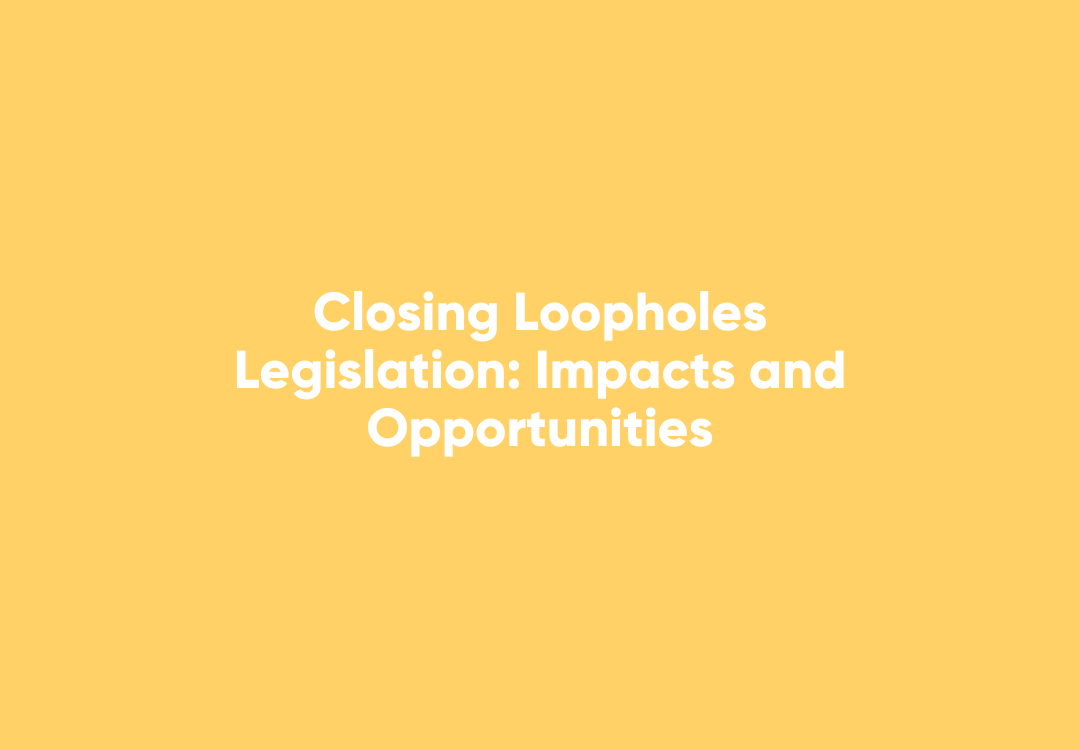
© Copyright 2024 WorkPro Privacy Policy | Terms of Service | Terms of access





